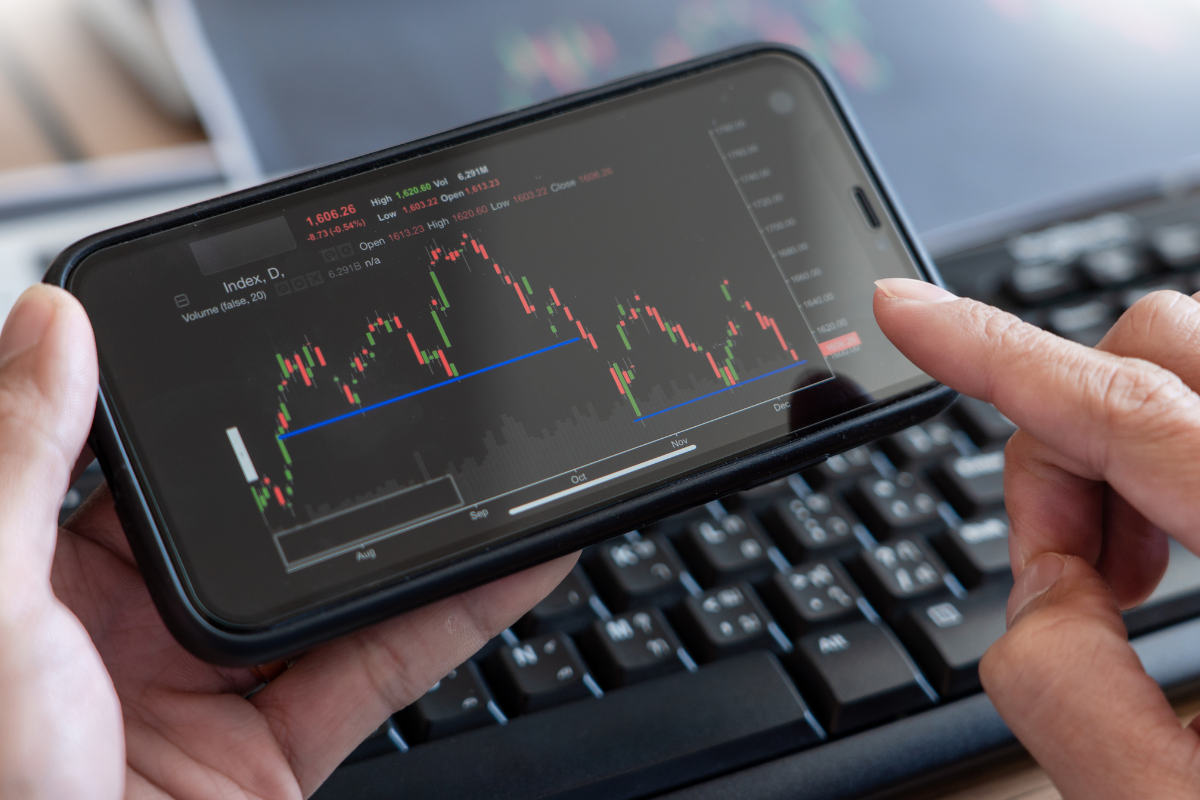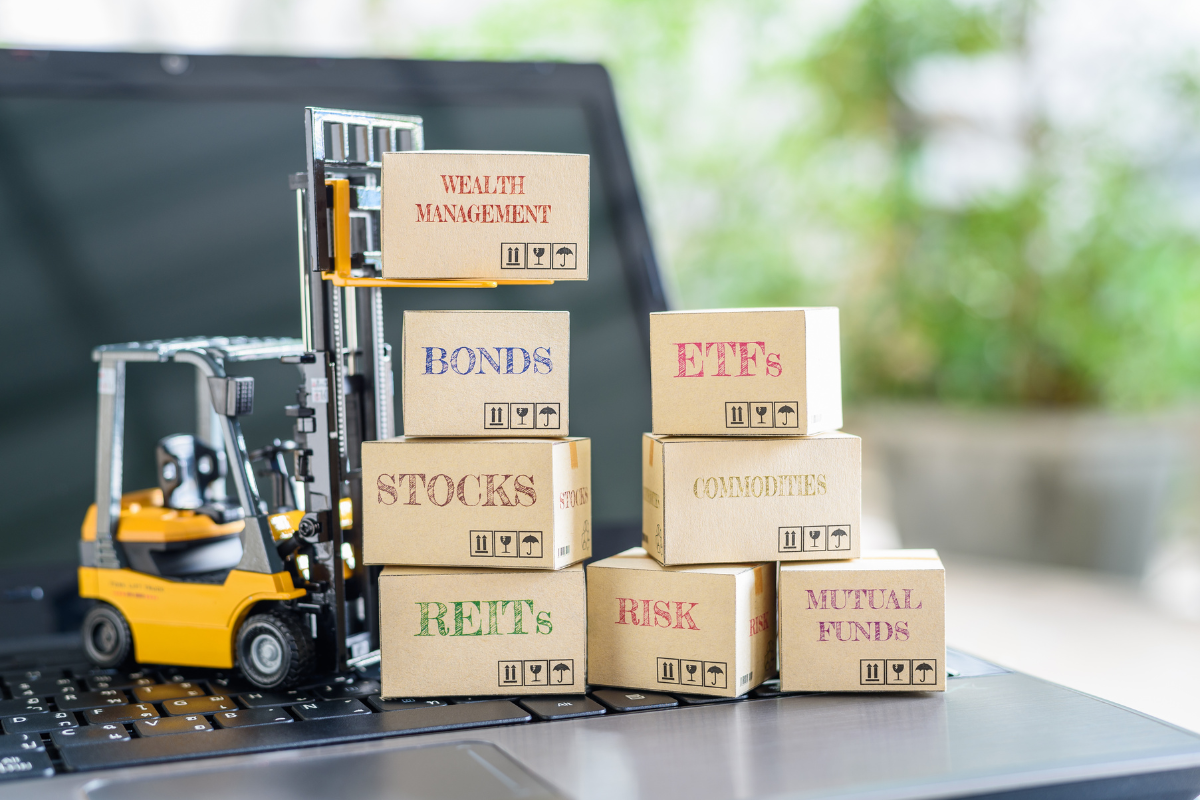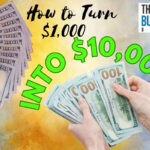Factor investing is a way of investing that uses specific factors to attempt to gain a better return.
How does it work, and what are some of the key factors to be aware of? If investing is someone’s chosen way of trying to become a millionaire, they will want to understand this approach before they start.
Post Contents
The Factors Used
In factor investing, the investor decides the individual factors that are going to determine the type of investment they make.
Rather than blindly choosing assets based on the name or current price, they are formulating a coherent strategy.
There are two different types of factors to consider. Firstly, macroeconomics, which means looking at issues such as economic growth, interest rates and inflation.
For example, the markets may suggest that the economy is going through a growth phase and consumer spending is rising, which would imply that investors are looking for companies that are going to benefit from this trend.
The other is style, which includes value, momentum and quality. By analyzing the specific factors for the asset class that the investor is interested in, they can look to drive up the returns.
For example, if they are interested in value, then they are going to be focusing on fundamental analysis that shows whether an asset is currently undervalued, possibly using information such as the price-to-earnings ratio or the amount of their recent dividends.
The current forex charts can give us an idea of the current macroeconomic factors, as many parts of the economy affect major pairs, such as EUR to USD and USD to CAD.
By looking at the currency indices and cross rates listed, investors can better understand the current shape of the global economy and select the right time to invest in the forex market according to their chosen factor or factors.

The Key Benefits
The biggest potential benefit of factor investing is that it could help to boost the returns on a portfolio.
Investors are using a clearly defined strategy that lets them look at the exact factors they feel will be successful and choose assets that fit them.
Getting this approach right can also help to diversify a portfolio and reduce the level of volatility in it.
By choosing several factors for different assets, investors are covering a range of situations in the market and not leaving themselves unduly exposed in any particular area.
The Dos And Don’ts Of Factor Investing
One of the main risks of factor investing is the number of investors who can do it. Sometimes, if many people are investing through it, the effectiveness of a factor can be reduced.
However, when a factor is less crowded, an investment strategy can increase in effectiveness and decrease the level of risk that one’s portfolio can face.
Factor persistence is sometimes an obstacle that investors must navigate. Factor persistence is the long-term ability of any factor to produce excess long-term returns.
Some factors are simply only designed to be used during the short term and not the long term, and if an investor uses a factor investing strategy, they will find that the effectiveness can be reduced.
To combat this, when investing in factors, it is helpful to take your strategy back to basics.
While there are an almost infinite number of factors to choose from, try to assess your portfolio to understand if a factor fits in it.
Finally, model overfitting is a trap for investors to be aware of. While a factor investing strategy is based on historical data, you can tailor your strategy too much to this data.
The effectiveness can then be reduced because you aren’t able to react or plan for the changing market dynamics.
To avoid this, it’s useful to create strategies that put equal weight on historical and current market data.

Some Models In Use
Investors can look for exchange-traded funds (ETFs) that are directed by a group of the factors mentioned above.
This could mean narrowing down the focus to ETFs based on low volatility, high performance or some other measure that interests an investor.
It provides a simple approach because investors just have to identify the factors that interest them and look for an ETF that matches them.
Another model is the Fama-French three-factor model. This model expands on the capital asset pricing model (CAPM).
It uses the size of firms, book-to-market values, and excess return on the market. Then you have the SMB (small minus big), HML (high minus low) and the portfolio’s return less the risk-free rate of return.
Conclusion
Research has shown that factor investing tends to increase portfolio returns, but not without risk.
If investors put too much emphasis on the wrong factors at the wrong time, it could increase the risk level in a portfolio instead of reducing it.






























